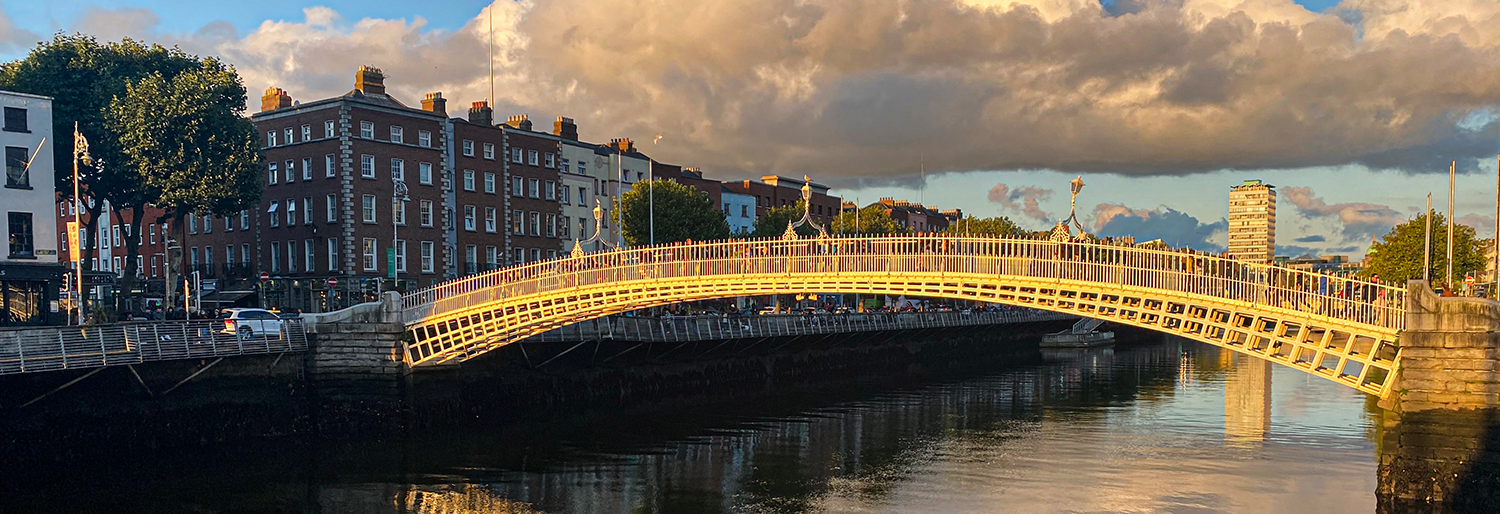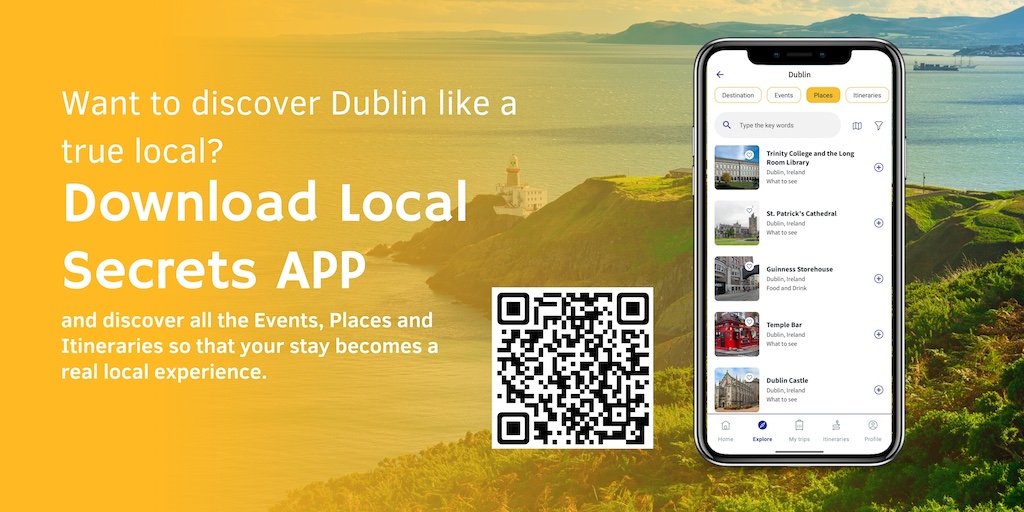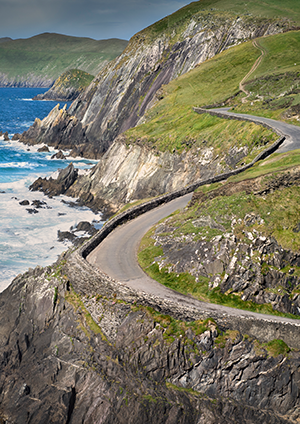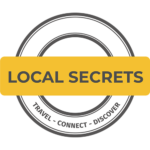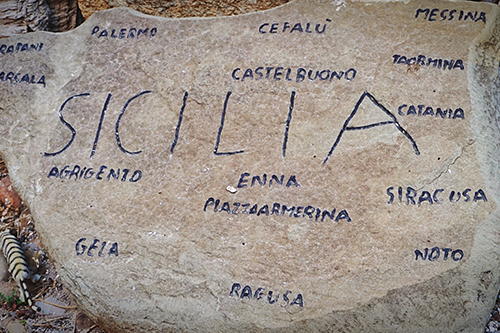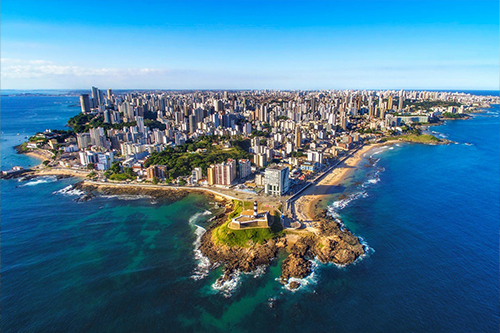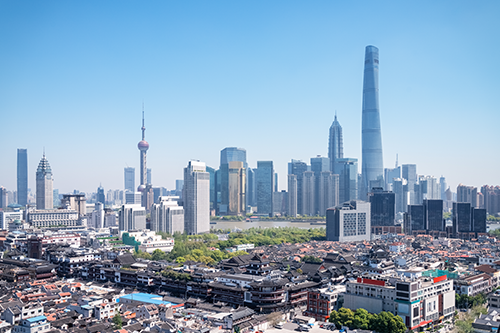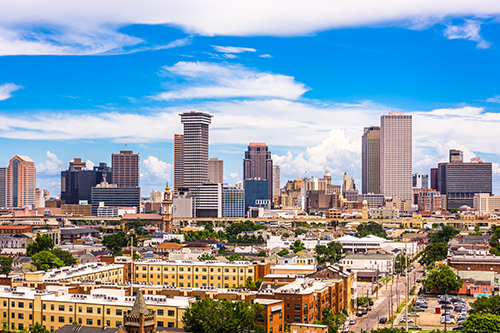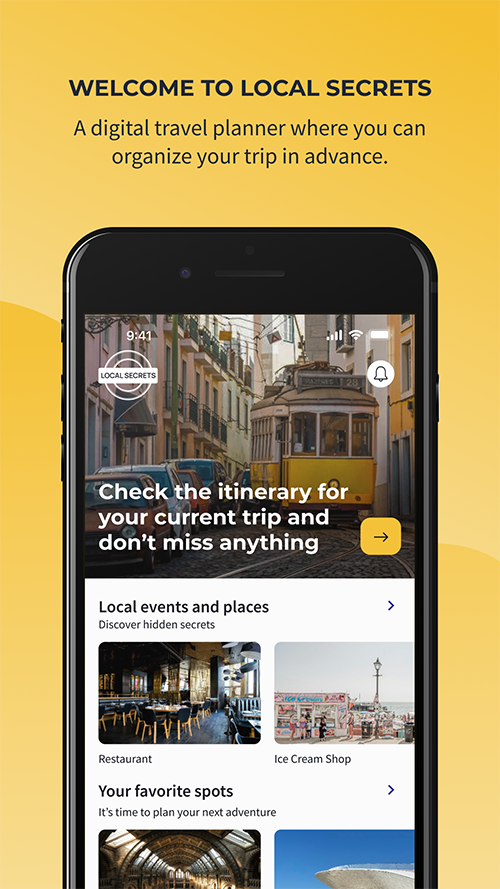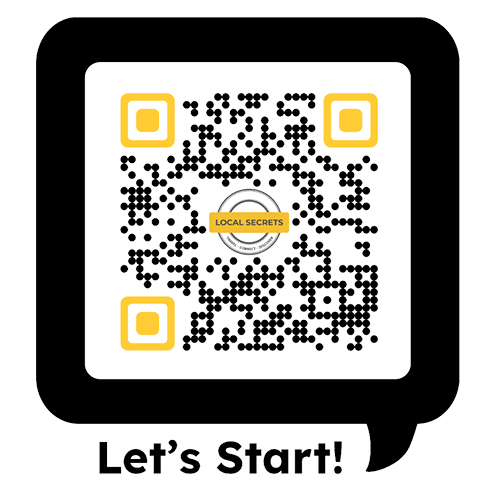Dublin
Dublin’s the capital of Ireland, nestled on the east coast by the River Liffey. With around 1.3 million people, it’s a city that’s big enough to explore but still cozy.
The weather here is pretty temperate, with average annual temperatures hovering around 10-15°C (50-60°F). You’ll get a mix of cool, damp days and milder spells throughout the year.
Dublin sees about 6 million visitors annually, drawn to its rich history, lively culture, and warm, welcoming vibe. Whether you’re into historical sites, literary landmarks, or just enjoying a pint at a local pub, there’s plenty to keep you entertained.
For the best experience, try visiting in the spring or early autumn. The weather’s usually decent, and you’ll avoid the peak tourist crowds that come in summer.
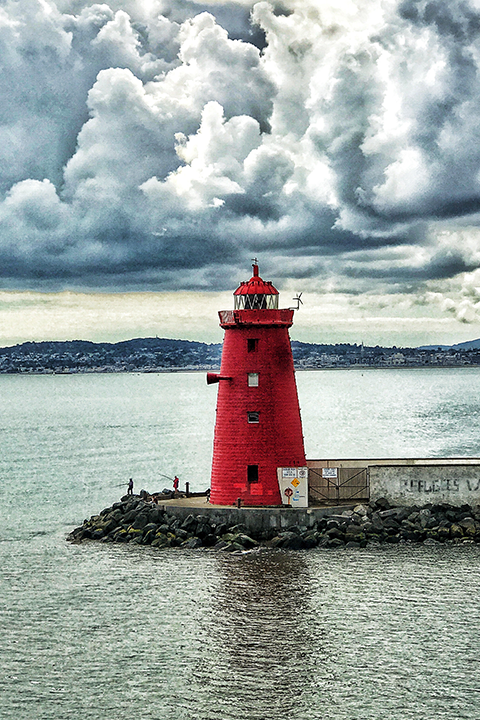
Poolbeg Lighthouse Dublin Bay
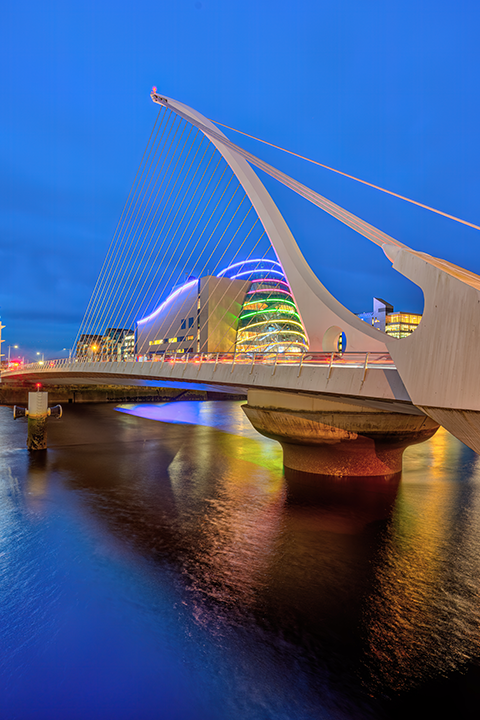
Samuel Beckett Bridge
Arriving to Dublin
Dublin is a fantastic city to explore, and getting there is pretty straightforward. You can fly into Dublin Airport, which is well-connected to many major cities across Europe and beyond. If you’re coming from the UK, there’s also a bunch of ferries and trains that make the journey easy.
Once you arrive, picking the right place to stay can make a big difference. For a classic Dublin experience, try staying in Temple Bar. It’s the heart of the action with plenty of pubs, shops, and cultural spots. If you’re looking for something a bit quieter but still central, check out the area around St. Stephen’s Green or the Docklands. These neighborhoods offer a mix of historic charm and modern comforts, and you’ll still be close to the main attractions.
Getting around Dublin is a breeze. The city’s public transport includes buses, the Luas (a tram system), and the DART (a train that connects to the coast). You can also hop on a bike or just walk—Dublin is pretty compact, and many sights are easily reachable on foot. There’s also a handy bike-share system if you want to pedal around like a local.
Food is a big deal here, and Dublin won’t disappoint. You’ll find classic Irish dishes like hearty stews, soda bread, and, of course, the famous Irish breakfast. And don’t forget to try some traditional pub fare—Dublin’s pubs serve up some of the best comfort food around.
As for things to see and do, Dublin’s packed with cool stuff. The city is famous for its literary history, so you can visit places tied to famous writers or check out the Book of Kells at Trinity College. There’s also Dublin Castle and a bunch of other historical sites. For a taste of local life, stroll through Temple Bar’s cobbled streets or check out the lively markets. If you’re into music, catch a live session in a pub—Dublin has a great scene.
Experiences in Dublin are all about soaking up the culture. Join a guided walking tour to dive into the city’s history, or take a craft beer or whiskey tour if you’re into that sort of thing. And if you’re up for a day trip, the nearby coastal towns and scenic spots are worth exploring. Dublin’s got a mix of everything, so there’s always something exciting to do!
Accomodation
Looking for a unique hotel experience?
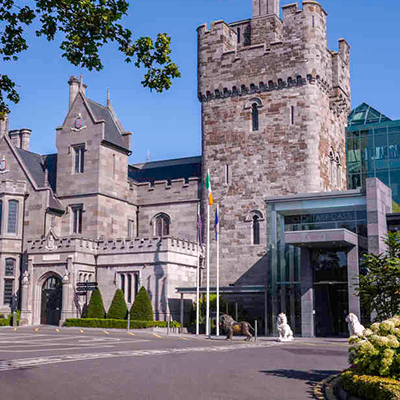
Local Secrets has selected a variety of unique hotels that make lodging a special experience. These hotels share the vision of quality and service that we want for our travelers.
Want to feel like home?
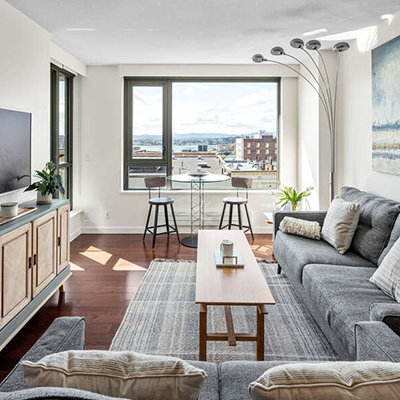
Local Secrets has developed a network of professional experts in tourist accommodations committed to quality and service to guarantee a unique experience to our travelers.
Members of Hospitality Privilege Program
Members of Hospitality Privilege Program
Currency: The official currency of Copenhagen is the Euro (EUR). 1 € Ft is equivalent to 1.09 USD.
Keep in mind before travelling to Dublin
Dublin’s got a ton of cool festivals that make any visit special. First up is St. Patrick’s Day in March, which is a massive celebration of all things Irish with parades, music, and green everywhere. The Dublin Horse Show in August is a major event for equestrian enthusiasts, featuring top-class show jumping and family fun.
If you’re into arts, the Dublin Theatre Festival in October showcases some incredible performances. The Dublin Bay Prawn Festival, usually in April, is perfect for seafood lovers with plenty of tasty dishes and local vendors. Then there’s the Dublin International Film Festival in February, which brings together filmmakers and movie buffs from around the world.
For music fans, the Dublin Blues Festival in November is a must, featuring some awesome blues acts. And let’s not forget the Dublin Maker Fair in July, where you can check out cool DIY projects and innovations.
When you’re ready to explore beyond the city, there are some awesome day trips. Check out Howth for stunning coastal views, or visit the historic town of Kilkenny. You could also explore the beautiful landscapes of the Wicklow Mountains, or wander around the charming village of Dun Laoghaire. For a mix of history and nature, Glendalough is perfect, and Bray has a scenic cliff walk you won’t want to miss.
Tips to visit Dublin
Dubliners, or “Dubs,” are friendly folks who greet each other with a casual “Hi” or “Hey.” You’ll hear English everywhere, though you might come across some Irish (Gaelic) too. Meals usually happen around 8-9 AM for breakfast, 1-2 PM for lunch, and 6-8 PM for dinner.
Most businesses are open from 9 AM to 5:30 PM, Monday to Friday, and many shops close earlier on Saturdays. Tipping is appreciated but not mandatory; around 10-15% in restaurants is common if the service is good.
Ireland’s health system is public, and while there’s a mix of private and public healthcare options, the public system covers a lot of basic needs. As for dress code, Dubliners are generally pretty laid-back—jeans and a nice top are fine for most occasions. And if you hear someone say “Grand,” they’re just saying everything’s cool or okay.


